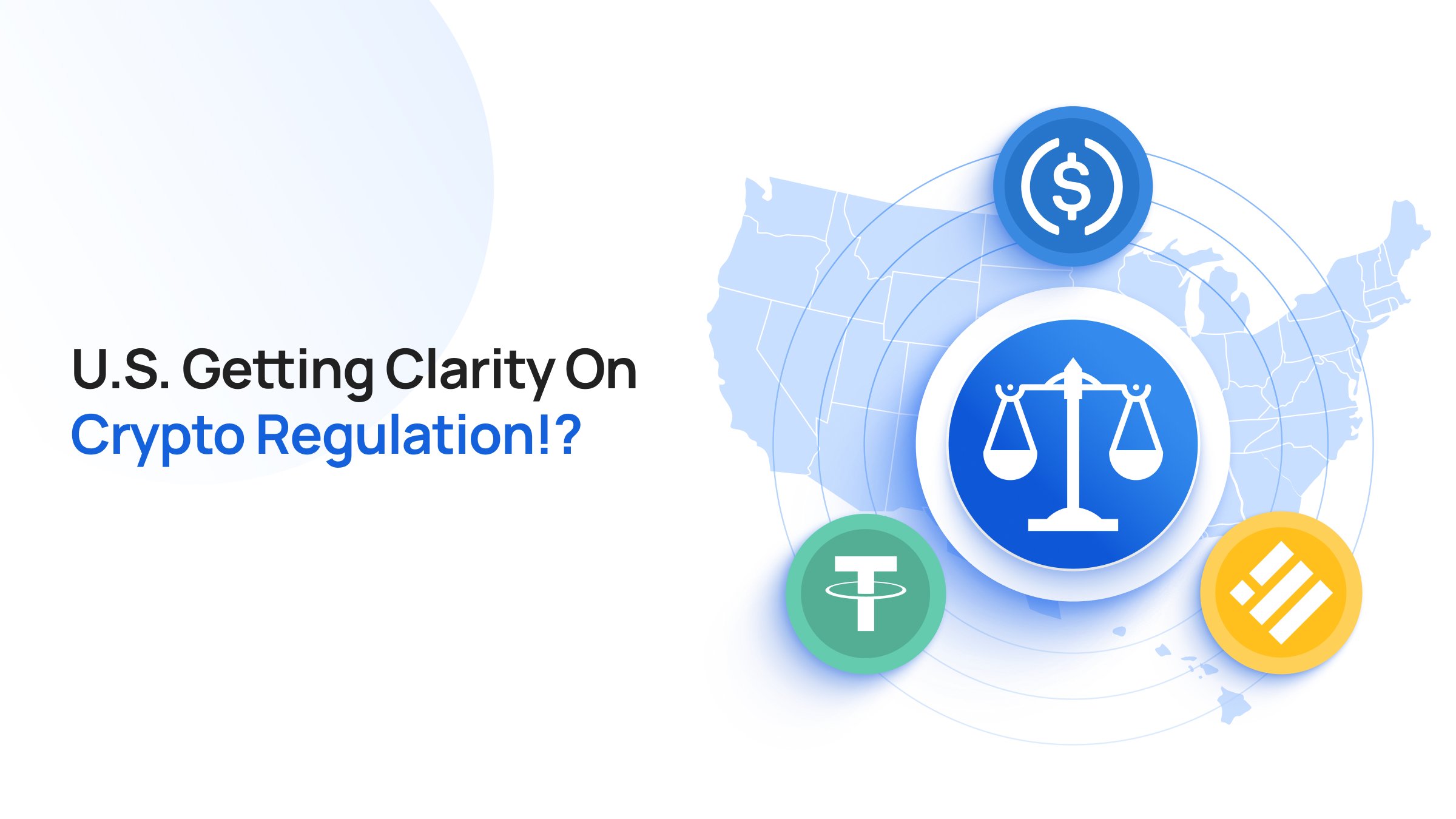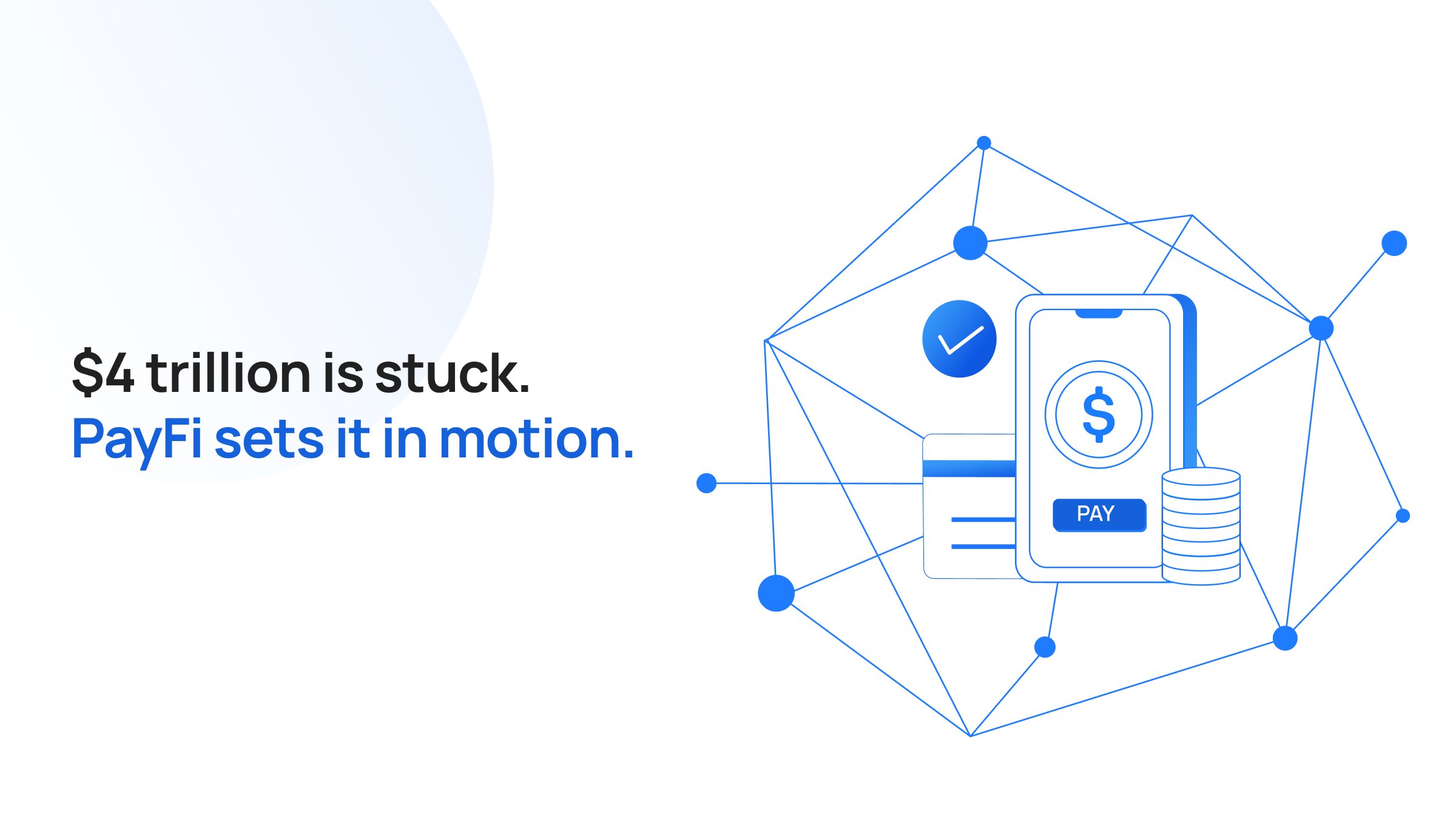Supply-demand dynamics are strong determinators of market direction and volatility. Anytime a massive event occurs that could sway supply-demand dynamics of an asset, it is immediately reflected in the asset’s market price.
In traditional finance, for example, take the 2008 financial crisis. The collapse of Lehman Brothers triggered widespread panic, drastically altering the supply-demand dynamics for various financial instruments.
In the cryptocurrency market, a comparable scenario was observed during the COVID-19 pandemic. The initial phase of the pandemic saw a sharp sell-off in Bitcoin and other cryptocurrencies as investors sought liquidity and moved towards safer assets. However, as governments worldwide implemented unprecedented fiscal and monetary stimulus measures, demand for Bitcoin surged, driven by its perceived role as a hedge against inflation.
Naturally, you can extrapolate that if an individual or entity has sufficiently large funds, they can alter influence the market to their will. They can buy up a lot of one asset to drive its price high, or sell the asset to cause a sharp decline. This is called “market manipulation”.
In regulated markets, like the stock market, market manipulation is illegal and is (usually) prevented by governing bodies. But the crypto market can be a 24x7 euphoric wild west, and market manipulation is so rampant that, to some degree, it has been normalized.
But the transparent nature of blockchains have something to offer the masses to counter market manipulation by large players.
In this article, we will look at what crypto whales are, how they impact the market, why you should track crypto whales, and how to go about tracking them.
What Are Crypto Whales?
A crypto whale is an individual or an entity that has sufficiently large amounts of cryptocurrency to be able to cause a significant market fluctuation.
The term “whale” is used to denote their significant influence on the market, similar to how whales, as the largest creatures in the ocean, can create massive waves with their movements.
A “whale” or a “crypto whale” is a generic term for large cryptocurrency holders. It does not narrow down on any specific cryptocurrency.
If an individual or entity has a lot of a particular cryptocurrency, they are termed as a whale of that specific asset.
For example, Vitalik Buterin, the creator of Ethereum, holds a substantial amount of Ether (ETH). Therefore, he’d be an “ETH whale” (or “Ether whale” or “Ethereum whale”).
A whale need not always be a human being. It can even be a company or an organization. For instance, the publicly traded company, MicroStrategy, holds over 200,000 BTC, making it a “Bitcoin whale”.
Why Should You Track Crypto Whales?
Tracking crypto whales provides a window into the collective sentiment of the market's most influential players. When whales make significant moves, it often signals a shift in their perception of a particular cryptocurrency's value or the overall market trajectory.
For instance, in early 2021, a series of large Bitcoin purchases by institutional investors like MicroStrategy and Tesla sparked a massive bull run, driving the price of Bitcoin to new all-time highs. These movements can act as leading indicators, providing valuable clues about potential trends and reversals.
Moreover, tracking whale activity offers a unique opportunity to gauge market momentum. Large buy orders from whales can create a surge of demand, driving prices higher and fueling a bullish trend. Conversely, significant sell-offs can trigger a cascade of selling pressure, leading to price declines and a bearish market sentiment.
A classic example is the Terra (LUNA) collapse in May 2022, where large-scale selling by whales accelerated the token's price decline and contributed to the broader market downturn.
Most importantly is perhaps the fact that these crypto whales often belong to exclusive networks of high-net-worth individuals, institutional investors, and project insiders. These networks can provide them with early access to information about upcoming projects, partnerships, regulatory changes, and other market-moving events.
Whales even tend to have direct lines of communication with project teams, developers, and other key figures in the crypto space. This allows them to gain insights into a project's roadmap, technology, and potential challenges, which can be invaluable in making investment decisions. In regulated traditional markets, this would be illegal insider trading — but in case of crypto it is still ambiguous and a norm.
How To Spot Crypto Whales?
Spotting crypto whales and identifying their wallet addresses is a multi-faceted process that involves a combination of on-chain analysis, market observation, and utilizing specialized tools.
If you want an easier way, you can just begin with some of the founders or early supporters of a particular blockchain. Chances are they hold a large piece of the pie because of their involvement in the project from genesis. For example, Justin Sun, founder of TRON, can be considered a TRON whale.
On-chain Analysis
- Large Transactions: The most obvious sign of a whale is large transactions. Tools like Crypto Whale Tracker from Cryptocurrency Alerting track and report significant cryptocurrency movements across various blockchains. These alerts can be filtered by specific cryptocurrencies or minimum transaction amounts to identify potential whales.
- Blockchain Explorers: Blockchain explorers (e.g., Etherscan for Ethereum) allow you to search for specific wallet addresses or transactions. By analyzing the transaction history of a wallet with substantial holdings, you can gauge whether it belongs to a whale. Look for consistent patterns of large transactions or a significant percentage of the total supply of a particular cryptocurrency.
Market Observation
- Order Books: Observe order books on cryptocurrency exchanges. Large buy or sell orders that significantly impact the market depth can be a sign of whale activity.
- Social Media: Follow social media channels, forums, and news outlets where influential figures in the crypto space discuss their holdings. While they may not explicitly reveal their wallet addresses, their comments can offer insights into potential whale movements.
Specialized Tools
- Whale Tracking Platforms: Several platforms specialize in tracking whale activity. These platforms aggregate data from multiple sources, including blockchain explorers and social media, to identify and monitor whale wallets. Some popular examples include Whalemap, and ClankApp.
- Messaging Bots: Bots like WhaleBot Alters (on Telegram) alert users about large transactions in real-time.
Identifying Wallet Addresses
- Publicly Available Information: Some whales, especially those who are public figures or involved in specific projects, may have publicly disclosed their wallet addresses.
- Transaction Analysis: By carefully analyzing the flow of funds on the blockchain, you can sometimes trace transactions back to the originating wallet address. This requires a deep understanding of blockchain technology and the use of specialized tools.
- Decentralized Exchange (DEX) Analysis: DEXs like Uniswap provide a transparent view of transactions. By observing large trades and liquidity pools, you can potentially identify whale wallets.
Anonymous Whales
Remember that many whales prefer to remain anonymous. In these cases, you'll often start with a wallet address identified through the methods above rather than a specific identity.
By analyzing the transaction history of this wallet, you can gain valuable insights into their trading patterns and preferences, even without knowing their identity.
How To Track Crypto Whale Activity?
There are many tools readily available (just a Google search away) to track, tag, and monitor crypto whale activity. You can even create custom alerts that notify you directly via email, and a host of other useful features.
How you track crypto whales is limited by your imagination. For example, you can get creative and download a crypto portfolio tracker, like CoinStats, input a whale’s address, and monitor all their transactions.
In this section, we will look at two ways to track crypto whales for beginners:
- Using Arkham Intelligence
- Using blockchain explorers (like Etherscan, Solscan, TRONSCAN, etc.)
Tracking Crypto Whales Using Arkham Intelligence
Arkham Intelligence is a platform that de-anonymizes blockchain data, linking wallet addresses to real-world entities. It aggregates and analyzes transaction data from various blockchains, providing a comprehensive overview of the movements of funds,including those of crypto whales.
Arkham Intelligence's user-friendly interface and intuitive features make it an excellent starting point for those interested in tracking whale activity.
Some useful features Arkham Intelligence offers for beginners (and experts, too) for tracking crypto whales are:
- Entity Labeling: Arkham identifies and labels wallets associated with known entities, making it easy to track the activities of specific individuals or organizations.
- Alerts: Arkham allows you to set alerts for specific wallet addresses or entities. This ensures you're notified whenever a whale makes a significant move.
- Visualizations: The platform offers various visualizations, such as transaction graphs and entity relationship maps, to help you understand the flow of funds and connections between different entities.
- Entity Explorer: Arkham's Entity Explorer allows you to explore the relationships between different entities. This can help you identify potential connections between whales and specific projects or organizations.
- Smart Contracts: Arkham provides insights into smart contract interactions, revealing how whales are interacting with various DeFi protocols and applications.
- Token Analysis: Analyze the tokens held by whales to discover potential investment opportunities.
Let’s take Vitalik Buterin's example and track his assets on Arkham Intelligence.
Search
Start by searching for Vitalik Buterin in Arkham's search bar.
Since Vitalik is a well-known figure, his wallet addresses are likely already labeled on Arkham.
Wallet Overview
Arkham will display an overview of Vitalik's known wallets, including their balances and transaction histories.
You can explore these wallets individually to see the specific assets he holds and his recent activity.
Transaction History
Dive into each wallet's transaction history to see when and where Vitalik has moved his funds. This can give you insights into his investment strategies and preferences.
Alerts
Set up alerts for Vitalik's wallets to be notified whenever he makes a significant transaction. This can be a valuable tool for staying ahead of potential market trends.
While Arkham is a powerful tool, remember that not all wallet addresses are labeled, and some whales might use complex techniques to obfuscate their activities. However, Arkham's insights can still provide valuable clues and serve as a starting point for further research. Always combine Arkham's data with other sources and your own analysis to make informed decisions.
Tracking Crypto Whales Using Blockchain Explorers
Blockchain explorers are excellent tools for tracking crypto whales, and they have been around for the longest time (with UX getting better every day).
Among the most popular ones is Etherscan, a blockchain explorer for the Ethereum network.
Continuing Vitalik Buterin’s example, we can track his funds on Ethereum using Etherscan. You can easily get one of Vitalik Buterin wallet addresses on the internet or just use his ENS domain, vitalik.eth. This ENS domain is also displayed on Vitalik Buterin’s social media profiles, like X.
So, here’s how you can go about using Etherscan to track Vitalik Buterin.
ENS Lookup
Vitalik Buterin's Ethereum Name Service (ENS) address is vitalik.eth.
Enter this address into Etherscan's search bar to access his profile.
Wallet Overview
Etherscan will display an overview of Vitalik's wallet, including its ETH balance, transaction history, and any associated tokens (ERC-20, NFTs).
Transaction History
Dive into the transaction history to see a chronological list of all Vitalik's transactions.
Each transaction includes details like the amount transferred, gas fees, sender and receiver addresses, and a timestamp.
Token Holdings
Explore the "Multichain Portfolio" tab to see the various tokens Vitalik holds in his wallet.
This can provide insights into his investment preferences and potential interests.
Analytics
Etherscan offers additional analytics tools to visualize transaction patterns and trends.
You can explore graphs showing Vitalik's transaction volume over time, his interactions with different smart contracts, and the distribution of his token holdings.
Conclusion
Crypto whale tracking is a smart way to manage your portfolio and make informed decisions. However, like any other strategy, this does not guarantee expected results 100% of the time.
Remember that tracking whales is just one piece of the puzzle. Informed decision-making requires a holistic approach, combining on-chain analysis with broader market understanding and personal risk tolerance.
Further, cryptocurrency whales are also not always right even if they have many resources at their disposal. Sometimes, they may even intentionally mislead the masses as they, too, are aware that their wallets can be tracked — so there is no telling what their agenda is from just numbers on a screen.
Whether you’re buying or selling crypto looking at crypto whales, Transak has you covered. On-ramp or off-ramp top cryptocurrencies directly via popular payment methods like credit cards, debit cards, Apple Pay, and bank transfer through Transak.






